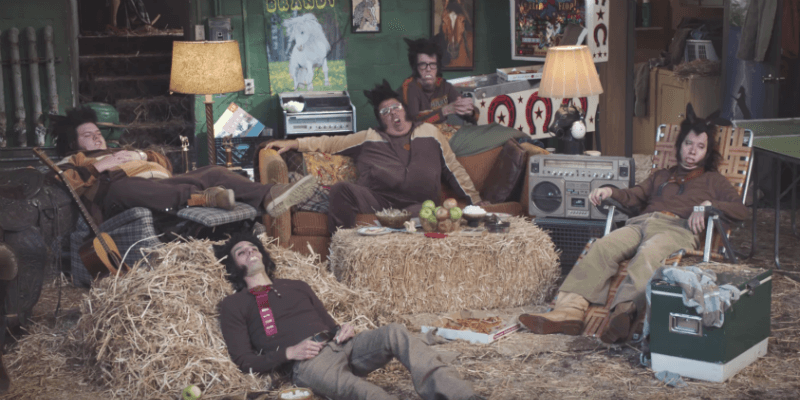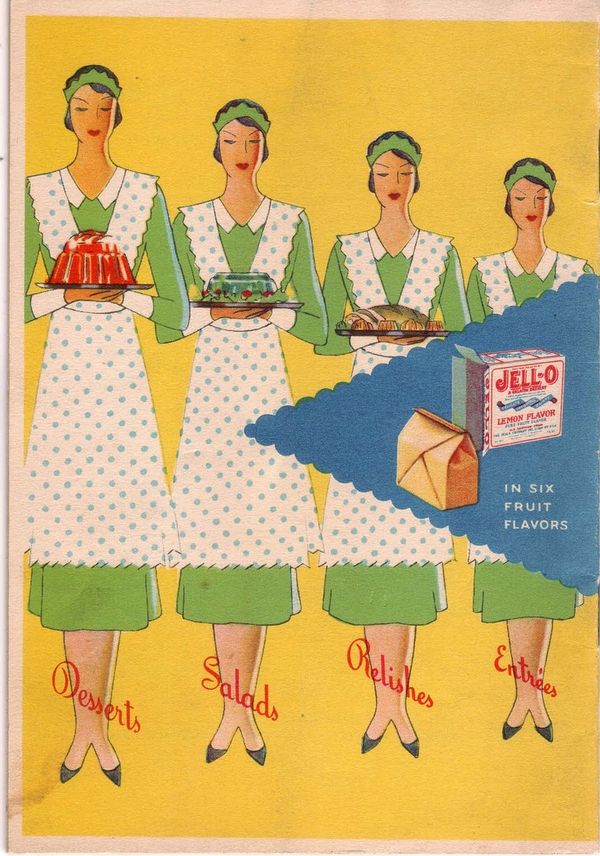 Listen
Listen
How to Grow from 0 to 1 Million Customers with Noah Kagan
Ever wonder what the process would look like to get a million users from scratch?
Noah Kagan of sumo.com, AppSumo, and OkDork is The Man with The Plan, and he’s sharing this process in today’s Listen. Tune in for ways to help set better goals and achieve more than you have before. Spoiler alert: it’s really all about experimentation.
“You’re like a scientist; you make a hypothesis of what you think things will be and then you experiment with it. The point I would make is that you make a hypothesis, do a little research and then within a week or two weeks, you can actually see if it’s making a difference or not.”
Noah’s got a ton of awesome advice in this 20-minute podcast, or jump to the timestamps below:
- (02:03) How Noah handles the marketing at Sumo.com and why he thinks content marketing, blogging, and affiliate marketing has the most potential.
- (03:55) After he was fired by Facebook, Noah ended up at Mint, where he helped grow the company from zero to over a million users.
- (04:45) When Noah approached the founder of Mint, he didn’t know anything about marketing. But he made it work him by essentially saying, “Let me show you a plan and if you like my plan, I’ll do it for free…If you like my execution, then hire me full time.” Now, that’s what we call Stop Thinking Like an Employee.
- (06:38) Always have a goal and timeline in place. “The moment that marketers don’t have that stuff in place is the moment I already discount them and I would bet against almost every single one that don’t have that stuff set up.”
- (08:35) The process Noah used to put his plan together, come up with ideas, and figure out how much traffic he had — which he still does to this day.
- (11:12) Everything in business is a hypothesis to some extent and you must keep experimenting.
- (12:25) Set a goal and act 100% on it, then reiterate from that.
- (14:50) Why copying methods you see described on other people’s blog posts doesn’t work.
- (18:45) The amount that you get from a just a blog post, book, or course, pales in comparison to the value of actually going and doing it yourself. See what happens!
HEY! Dig what you’re reading? Sign up for our marketing newsletter, and get the best marketing tips of the day.
 Read
Read
Email Marketing Lessons from History’s Best Copywriters
We’ve got mad respect for direct-response copywriters. They have the most difficult jobs in copywriting. Their goal is to get readers to take an action now. Not later.
Direct-response isn’t as common now as it once was, but that doesn’t mean that we can’t learn from their tactics. Some of the things direct-response copywriters were doing in the 1900s can still give your marketing a huge boost — especially when it comes to email marketing.
Today, we’re taking some advice from the best direct-response copywriters and applying it to your email marketing.
Here we go:
- Eugene Schwartz – “Copy cannot create desire for a product.” The point? Throw a spotlight on the chief benefit of your product in your email copy. What problem does your product solve? How do you help your customers? Convey those points. Don’t try to drum up desire that isn’t there.
- John Caples – Get to the point. You have less time than ever to get your point across and get someone to take an action. Your email copy needs to be clear, crisp, and concise. It’s infinitely better to be clear than clever.
- Claude Hopkins – Test, Test, & Test Again. “Everyday we testin’.” Okay, Claude didn’t say that, but he was the original A/B tester. He tested everything – headlines, offers, vocabulary. The point is, you should never stop testing either. When was the last time you tested subject lines in that drip campaign that you’ve been running for a year?
- Robert Collier – Know your audience. This one is simple enough – right for, and to, your audience. Don’t talk down, don’t use jargon that only industry insiders understand, and definitely don’t be boring.
- Joseph Sugarman – Use an emotional hook. “Sell on emotion, but justify their purchases with logic.” Tell a story to get your email reader emotionally invested like they would be with a good book.
 Watch
Watch
Nissan: No Lazy Horses
Welp, Nissan is diving into the goofy humor ads that a lot of other brands seem to be doing these days.
This spot features a guy who gets his non-Nissan truck stuck in the mud. His engine doesn’t seem to have enough power to get his truck unstuck. When he opens up the hood, he has to confront his “lazy-horse” engine, which has actually been replaced by lazy guys who look like they’re just lounging around a living room.
But, confronting a “lazy horse” engine means more than just a regular conversation. We’re not going to ruin it for you. You’ll just have to watch this one.
Sound weird? It is. But, it did make us laugh a little bit, which is really what Nissan is after.
“Advertising people who ignore research are as dangerous as generals who ignore decodes of enemy signals.”
David Ogilvy



